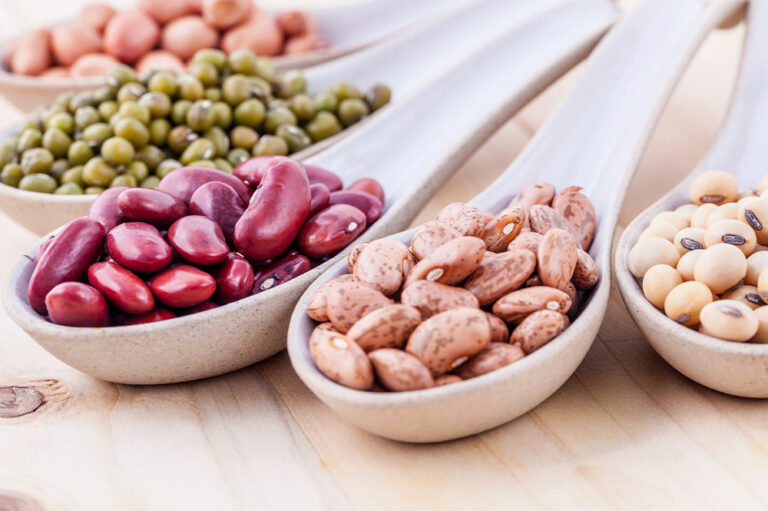
Odors that trigger migraines and ways to manage the condition
Around one in seven individuals worldwide suffer from migraine. It is a severe headache that affects one side of the head, usually accompanied by nausea and vomiting. While migraine can be caused due to several reasons, increased sensitivity to smells, or osmophobia, is a prevalent trigger. It is not clear why some are sensitive to specific smells and develop headaches. Below are a few odors that can trigger migraines and ways to manage the condition:
Which odors can trigger migraines?
Smells are just as powerful a trigger for migraine as sleep deprivation. The most prevalent smells that can lead to migraine are gasoline, car exhaust, perfumes, pesticides, asphalt, nail polish, cooking steam, and detergents. However, it can take over 15 minutes for a person to develop symptoms after exposure to a problematic odor.
Why do smells trigger migraines?
As mentioned, hypersensitivity to these smells is the cause of the problem. Experts suggest that increased sensitivity may be linked to a smaller olfactory bulb, a brain receptor responsible for processing odors. Studies show that people with migraines have a relatively tinier olfactory bulb than others.
How to manage migraines?
Migraines caused due to osmophobia can be extremely painful and unpleasant. Many individuals report feeling disgusted by the smell of food being cooked and repelled by raw food. But thankfully, the condition can be managed effectively by following a few tips:
Choose healthy foods
A few foods can help manage the symptoms of a migraine. These include:
- Bananas
This fruit can be a go-to pick for those who experience frequent episodes of migraines. Bananas boost energy levels, help reduce pain, and provide several other benefits. They are rich in magnesium, B vitamins, and potassium, essential for fighting headaches. - Watermelon
This fruit consists of 92 percent water. Drinking plenty of water and eating foods with high water content can help stay hydrated. This is important because dehydration is one of the biggest migraine triggers. Besides watermelon, other fruits with high water content include strawberries, grapefruit, papaya, and peaches. - Spinach
Low brain magnesium levels are often a migraine trigger. Since spinach is rich in magnesium, it is a must-have food for migraine sufferers. One cup of this dark green leafy vegetable has about 157 mg of magnesium when cooked.
Avoid trigger foods
A few foods can trigger a headache or worsen an ongoing migraine episode. These include:
- Foods with MSG
Monosodium glutamate (MSG) is a type of flavor enhancer commonly found in processed foods like canned or frozen foods, seasoning, snacks, soups, and more. Studies suggest that MSG may trigger a migraine attack in as little as 20 minutes. - Chocolates
About 20 percent of migraine sufferers regard chocolate as their number one trigger. Chocolates have a specific compound that can affect the central nervous system and lead to a migraine attack. - Yeast
Foods with yeast like freshly-baked bread, cakes, donuts, or sourdough bread can also trigger a migraine attack. It contains tyramine, which causes symptom flare-ups.
Make suitable lifestyle adjustments
Experts recommend making specific lifestyle changes to manage migraine symptoms:
- Maintain good sleep hygiene
Getting proper sleep can help keep migraines under check. A good night’s rest can increase the pain threshold and reduce the frequency of the attacks. Adequate sleep also helps tackle stress, which is a well-known migraine trigger. - Be active
E xercising is good for the heart and head. It releases chemicals that block pain sensation, improves mood, and strengthens specific muscles. Individuals can indulge in brisk walking, running, swimming, and even HIIT workouts. - Maintain a diary
P atients can maintain a diary and record their symptoms, frequency, ongoing treatment, triggers, and migraine patterns. This information can be helpful for a healthcare expert in recommending a tailored treatment or management plan.
Use the right treatment
In severe cases, patients may require treatment to manage the pain and prevent migraine episodes. Here are three common options to consider after consulting with a doctor:
- Nurtec ODT
It is an oral treatment to be used as soon as the symptoms occur to reduce the pain and other discomforts. One may find relief within 60 minutes. Besides managing the symptoms, Nurtec ODT helps reduce the frequency of migraine episodes if used correctly. Nausea is a common side effect of this treatment, and one should consult a doctor if it does not go away or worsens. - UBRELVY
It is an FDA-approved option for treating migraine with or without aura in adults. UBRELVY can be used orally, with or without food. Its dosage depends on the patient’s response to treatment. If symptoms do not stop, one can use a second dose after two hours of the first. UBRELVY may result in side effects like drowsiness or nausea. - QULIPTA
It is an FDA-approved treatment option recommended to avoid migraine episodes in adults and not as a remedy for an ongoing attack. QULIPTA comes in three strengths: 60 mg, 30 mg, and 10 mg. This treatment’s most common side effects are constipation, fatigue, and nausea.
As is evident from the above points, migraine is manageable if one takes the proper steps, like following the right food plan, making lifestyle adjustments, and using the correct treatment options.







